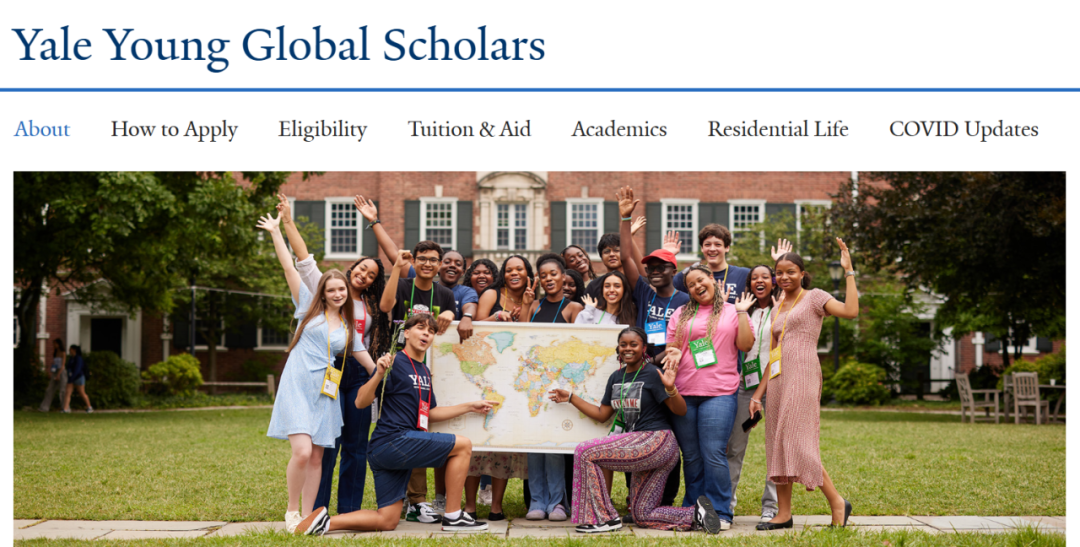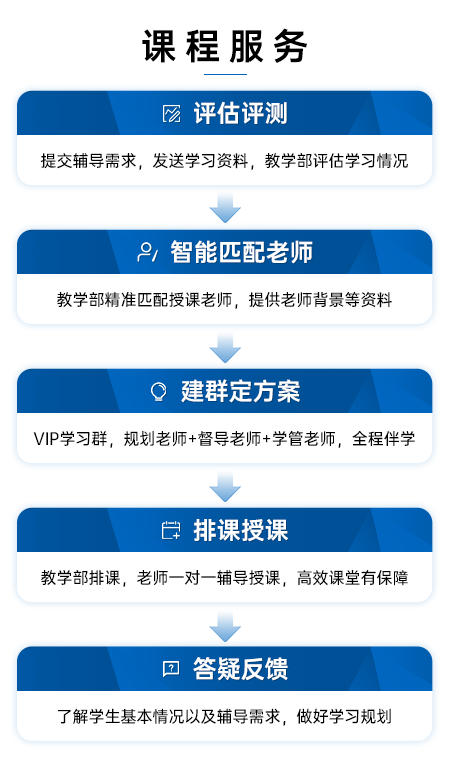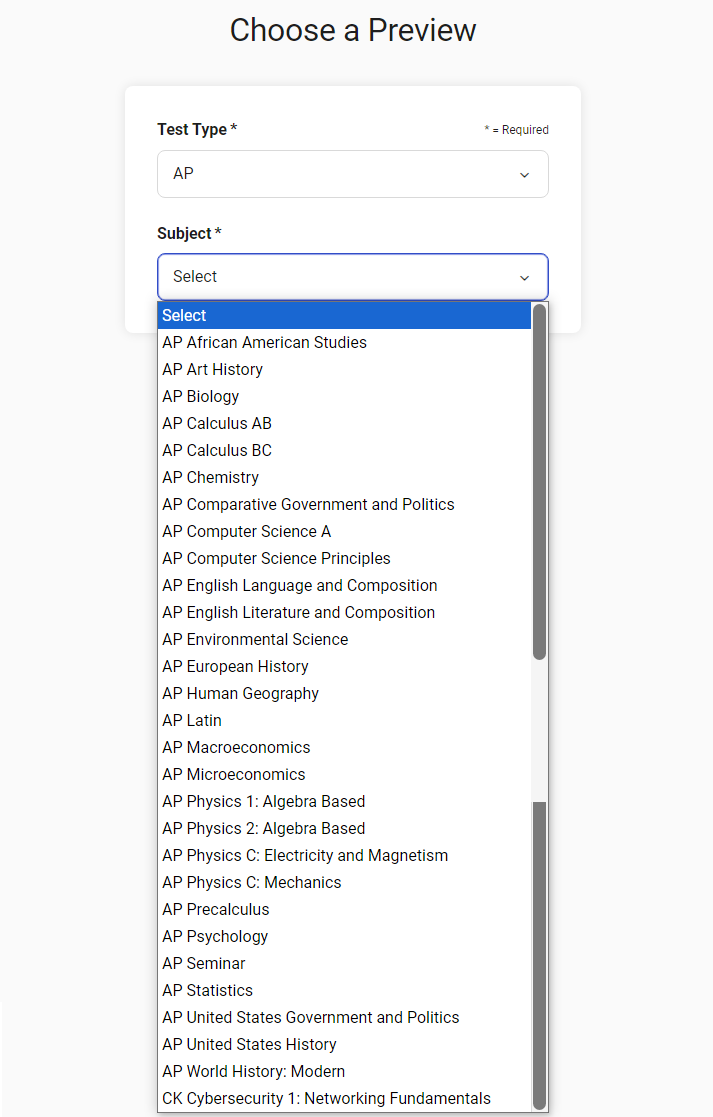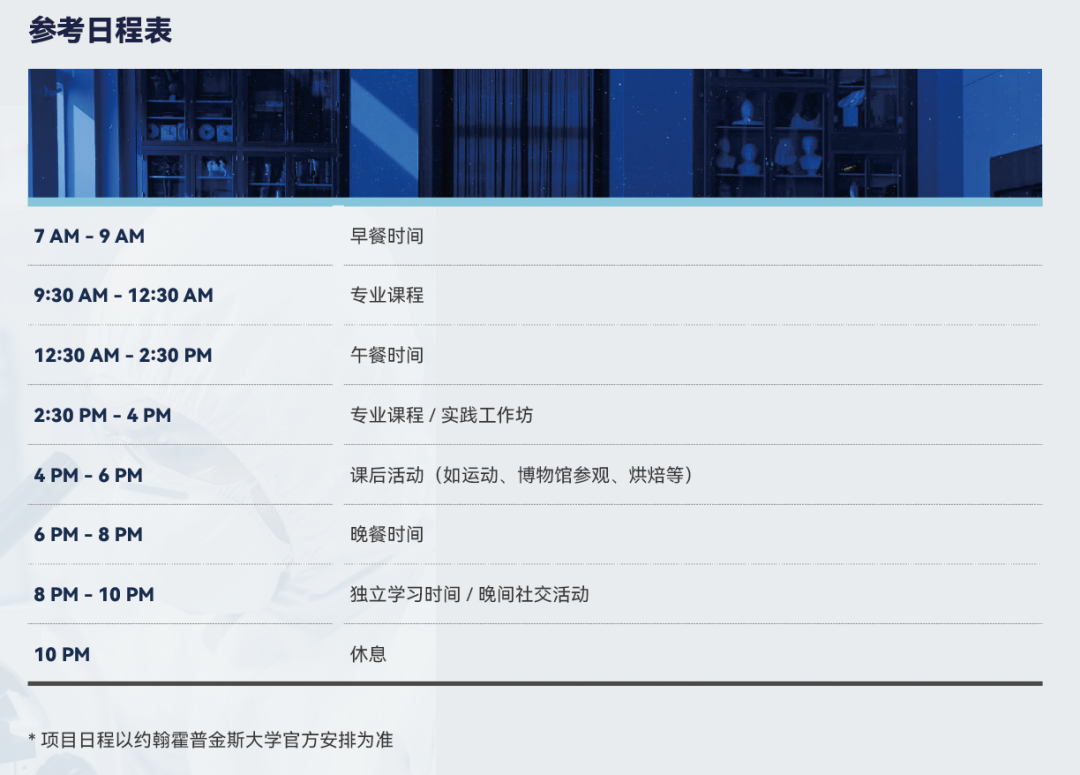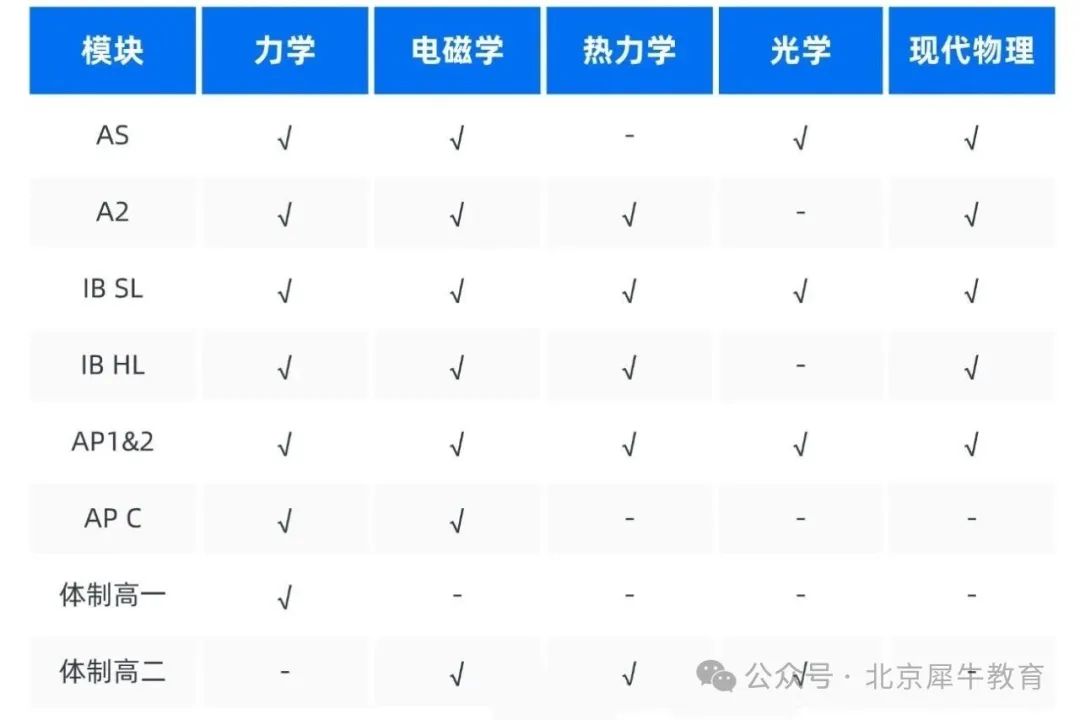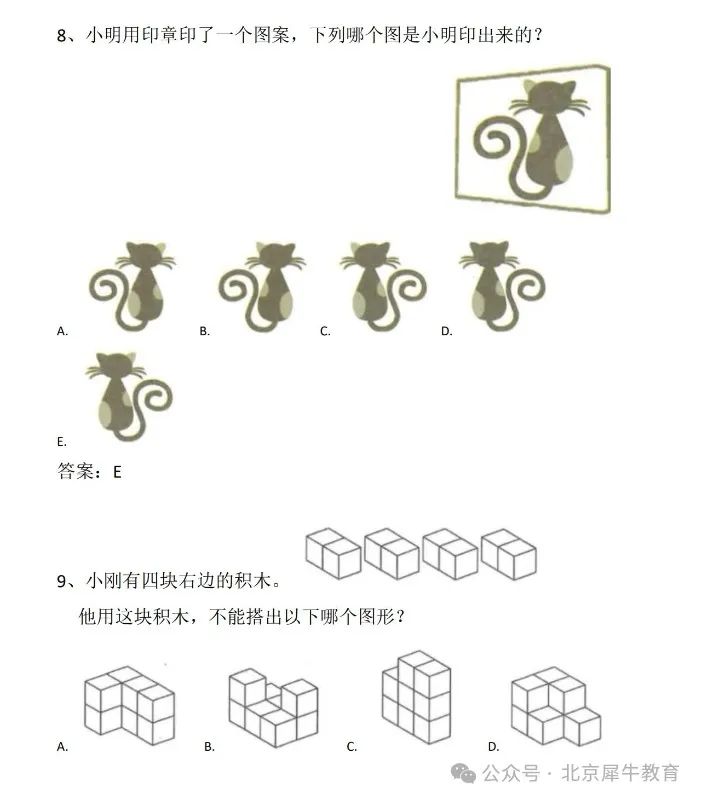今天,我们给大家准备了一些历年哈佛大学录取文书中的优秀写作范例,给大家参考学习。当中的每一篇文书,申请者都通过自己的讲述方式向招生官传达了自身性格、价值观和生活与哈佛大学相符的地方。
内容篇幅较长,还请大家耐心观看。国庆节前,我们给大家分享了3篇哈佛大学的优秀文书,接下来,我们就来分享一下另外的2篇优秀范文。
01哈佛大学新生范文
英文原文
Barreling through the hallowed, mahogany double doors, I was on a mission. I made a beeline for the back. Behold, a panoply of new prospects, each beckoning me to read them.
Every weekend, my father, my sister, and I make the pilgrimage to Book Mecca. The sensations one meets upon entering Barnes and Noble are unmatched. The aroma of coffee mingles with the crisp perfume of unopened books, and the tinny music drifts from the ceiling speakers, coalescing with the clanking of the Cafe equipment, which is intermittently overcome by the barista's peppy voice on the PA system announcing the latest limited-edition dessert. Where else can one enjoy a triple-layer cheesecake among bookstacks? As Virginia Woolf says, "one cannot think well, love well, sleep well, if one has not dined well."
My family, however, dines on knowledge. To us, Barnes and Noble is an all-you-can-eat buffet for the mind. After we snag our favorite corner table, I sit, like metal to a magnet, immovable for hours.
I may delve into an Agatha Christie novel and attempt to outwit Detective Poirot; though I never win, I find the sleuthing remarkably similar to analyzing confounders the culprits of unexpected results-in my clinical research. Alternatively, I may crack open an atlas to test my memory from the summer when I memorized the entire world map. Or, I might read Animal Farm to better understand the system that ravaged Ethiopia in the late 20th century and forced my grandfather to flee his own village.
Complimenting this mission to satisfy our voracious minds comes an equally important fulfillment: engaging with the coterie of miscellaneous characters we have befriended. After visiting the same Barnes and Noble for eleven years, we have forged friendships with several regulars, including a retired teacher couple, an octogenarian with a seven-year-old brother, and an eternally sunburned man named George who shelters feral cats at his pool company's office. After a dear Barnes and Noble-goer passed away, my heart was comforted when I read in her obituary that she, indeed, would be missed by "the old [bookstore] gang." United by their good humor and love for Barnes and Noble, this unlikely group teaches me that a community can form around anything, no matter how disparate the members are. They show me that, in Aristotle's words, "educating the mind without educating the heart is no education at all."
While I have the luxury of Barnes and Noble, my father's reality growing up in rural Ethiopia bears a stark contrast and defines my legacy of education. He received a meager education in a laughable schoolhouse, using sunlight to study by day, and the moonlight by night. When he was nine, my grandfather opened a school so my father could continue beyond 4th grade, unlike many of his peers. My grandfather had no formal education, yet he knew the country's constitution by heart and exhorted nearby villages to educate their children.
My father's dedication to chauffeuring me to the bookstore and the library is an artifact of his father's same dedication. And I am the accumulation of this legacy. Behind me are all of the sacrifices and payoffs of my family's dedication to education, and before me is a lifetime of opportunity and fulfillment. Though I have never met my grandfather, I feel an incredibly palpable connection to him through our shared fervor to learn and teach. My father's and grandfather's stories remind me that education is not a commodity for many, but a privilege that I treat as such. I cherish all of my education's wonderful consequences: the obscure curiosities I have indulged in, the strong sense of identity I have developed, the discernment and morals I have bolstered, the respect I have gained for different viewpoints, and the ambition for excellence that I have inherited and extended. They are what fuel me, my college education, and my drive to pay it forward.
中文翻译
冲进神圣的红木双门,我就有了使命感。我直奔后面。瞧,一排排新书,每一本都在向我招手,让我去阅读。
每个周末,父亲、姐姐和我都会去图书圣地朝圣。一走进巴诺书店,就会有无与伦比的感觉。咖啡的香气与未开封书籍的清香交织在一起,天花板上的扬声器里飘出刺耳的音乐,与咖啡馆设备的叮当声汇合在一起,间或还有咖啡师在扩音系统中播报最新限量版甜点的欢快声音。还有什么地方能在书架间品尝到三层芝士蛋糕呢?正如弗吉尼亚-伍尔夫(Virginia Woolf)所说,“一个人如果没有用过好的晚餐,就不可能有好的思想、好的爱情和好的睡眠”。
然而,我的家人却以知识为餐。对我们来说,巴诺书店就是一个任你享用的心灵自助餐厅。在我们抢到最喜欢的角落桌子后,我就坐在那里,就像磁铁吸住了金属,几个小时纹丝不动。
我可能会钻研阿加莎-克里斯蒂的小说,试图智取波洛侦探;虽然我从来没有赢过,但我发现这种探案方式与我在临床研究中分析混淆因素(造成意外结果的罪魁祸首)非常相似。或者,我也会打开一本地图册,测试一下自己的记忆力,那年夏天我背下了整个世界地图。或者,我可能会阅读《动物农场》,以便更好地理解 20 世纪末肆虐埃塞俄比亚、迫使我祖父逃离自己村庄的制度。
在满足我们贪婪的大脑的同时,还有一个同样重要的成就感:与我们结交的小圈子里的各种人物打交道。十一年来,我们一直光顾同一家巴诺书店,与几位常客建立了友谊,其中包括一对退休教师夫妇、一位带着一个七岁弟弟的八旬老人,以及一位永远被太阳晒伤、在泳池公司办公室收容野猫的乔治。一位亲爱的巴诺书店顾客去世后,当我在她的讣告中读到“老(书店)帮”会怀念她时,我的心得到了安慰。他们的幽默和对《巴诺书店》的热爱把这个不可能的群体团结在一起,他们告诉我,无论成员之间有多大的差异,任何事情都可以形成一个群体。他们告诉我,用亚里士多德的话说,“没有心灵教育的思想教育根本不是教育”。
虽然我拥有豪华的巴诺书店,但我父亲在埃塞俄比亚农村长大的现实却形成了鲜明的对比,也决定了我的教育遗产。他在一个可笑的校舍里接受了微薄的教育,白天利用阳光学习,晚上利用月光学习。父亲九岁时,我的祖父开办了一所学校,这样父亲就能继续读完四年级,这与许多同龄人不同。我的祖父没有受过正规教育,但他对国家宪法了如指掌,并鼓励附近的村庄让孩子们接受教育。
我的父亲专门开车送我去书店和图书馆,这是他父亲同样的奉献精神的产物。而我就是这份遗产的积累。在我身后,是我的家庭为教育所付出的所有牺牲和回报,在我面前,是一生的机遇和成就。虽然我从未见过我的祖父,但通过我们对学习和教学的共同热忱,我感到了与他之间令人难以置信的联系。父亲和祖父的故事提醒我,教育对许多人来说不是商品,而是我的特权。我珍惜教育所带来的一切美好结果:我沉迷于晦涩难懂的好奇心,我培养了强烈的身份认同感,我增强了辨别力和道德感,我获得了对不同观点的尊重,我继承并扩展了追求卓越的雄心壮志。它们是我的动力,是我的大学教育,也是我回报社会的动力。
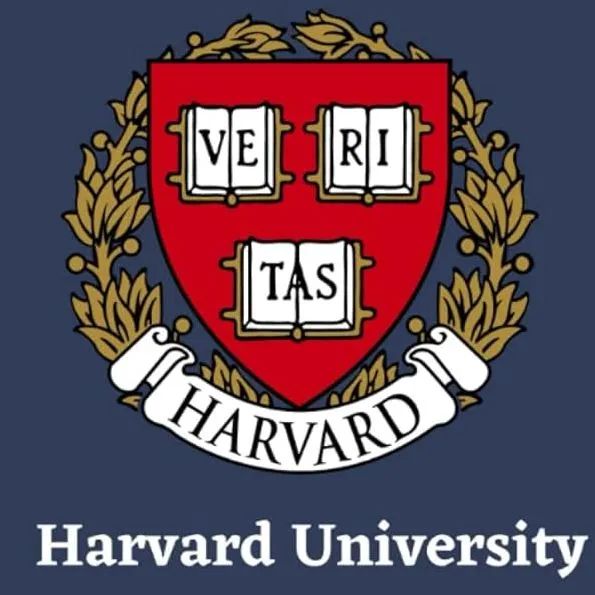
Professional Review
📄#哈佛点评
艾比的文章非常出色。以下是她的做法,以及你也可以这样做的方法:
艾比使用了一种我称之为“过道作文”的方法。想象一下,推着购物车穿过杂货店,挑选自己喜欢的食物并将它们放在购物车里。在“过道作文”中,作者推着一辆谚语式的购物车走过她的过去、现在和未来,一路上收集她的轶事、兴趣和价值观。将购物车视为文章的背景。艾比的购物车就是巴诺书店。这个坚定的背景将文章置于一个易于描绘的世界中,使艾比能够深入到她生活的不同层面,而不会让文章显得散乱。
只要文章中的每个小标题都能在购物车中找到,文章读起来就会像一篇统一的、合乎逻辑的文章。在艾比的例子中,她利用图书馆的书籍和咖啡馆巧妙地转向她的个人叙事。侦探小说让人想起她的“临床研究”。提到《动物农场》,她就会提起祖父的非凡故事。通过描述她在咖啡馆形成的古怪社区,艾比向我们展示了她是一个善于与人沟通的人,她因与人交往而兴奋,并被她所遇到的人铭记。因此,虽然这篇文章发生在巴诺书店,但这并不是它的主题。巴诺书店只是向我们展示艾比的一个舞台。艾比在文章的最后明确提出了她的核心价值观:感恩。她没有夸大其词,夸张地宣称她将改变或拯救世界。相反,她只是向我们展示了一个真实的自己:一个经常光顾书店的充满好奇心的女孩——一个从过去中得到启发,并在未来的红木大门中奋力前行的人。
你能想到一个属于你的典型环境吗?在你的过道随笔中,你会抓住书架上的哪些兴趣和价值观?
我:这个文书的手法,学到了!
02哈佛大学新生范文
英文原文
There’s a theory that even though each color has a specific wavelength that never changes, how people perceive a specific color may have subtle differences based on small differences in photoreceptors, and the color that one person might consider red might still be red in another’s mind but could look different— a little duller, softer, cooler. Furthermore, how a person’s brain processes the color may also be linked to that person’s environment. Some studies have suggested that color sensitivity could be linked to one’s native languages: for example, people who speak languages that have specific names for eleven colors are able to easily distinguish those eleven colors, but people who speak languages with fewer color specific words may have a harder time distinguishing them.
So it appears that even at the most elementary level of sight, the world is not an objective thing. Instead, what we know and what we remember can influence what and how we see. The color blue may just be the color blue to a three year old, perhaps her favorite color even, but an adult might connect it to so much more—the lake by his childhood home or the eye color of a loved one.
I first consciously became aware of the power that our experiences have to change perception when I went to turn on a light in my house after learning about photons in class. What had previously been a mundane light suddenly became a fascinating application of atomic structure, and I thought that I could almost perceive the electrons jumping up and down from energy level to energy level to produce the photons that I saw. I then realized that my world had steadily been changing throughout my years in school as I learned more and more. I now see oligopolies in the soda aisles of the supermarkets. I see the charges warring with each other in every strike of lightning, and the patterns of old American politics still swaying things today. Knowledge and making connections with that knowledge is the difference between seeing the seven oceans glittering in the sun and merely seeing the color blue. It’s the difference between just seeing red and seeing the scarlet of roses blooming, the burgundy of blood pumping through veins, and crimson of anger so fierce that you could burst. Knowledge is color; it is depth, and it is seeing a whole new world without having to move an inch.
It is knowledge, too, that can bring people together. I love listening to people’s stories and hearing about what they know and love, because if I learn about what they know, I can learn how they see the world; consequently, since behavior is often based upon perception, I can understand why a person behaves the way they do. On a road trip during the summer, my mom kept looking up at the streetlights lining the highways. When I asked why, she told me that whenever she saw lights by a highway she would wonder if her company had made them. She would guess how tall they were, how wide, and what style they were. She told me that ever since she started working for her company, lights no longer were just lights to her. They were a story of people who first had to measure the wind speed to figure out what dimension the lights had to be, and then of engineers, of money passing hands—possibly even under her own supervision as an accountant—and then of transportation, and of the people who had to install them. I might never perceive lights the exact way my mother does or see her “red” but by hearing her describe what she knows, I can understand her world and realize her role in ours.
Beauty and color are in the world, but it is seeking the unknown and making new connections that unlocks them from their greyscale cage.
中文翻译
有一种理论认为,尽管每种颜色都有特定的波长,而且这种波长永远不会改变,但人们对特定颜色的感知可能会因感光器的细微差别而产生微妙的差异。此外,一个人的大脑如何处理颜色也可能与他所处的环境有关。一些研究表明,对颜色的敏感度可能与一个人的母语有关:例如,使用有 11 种颜色特定名称的语言的人能够很容易地分辨出这 11 种颜色,但使用颜色特定词汇较少的语言的人可能较难分辨出这些颜色。
由此看来,即使在最初级的视觉层面,世界也不是客观存在的。相反,我们的知识和记忆会影响我们看到什么以及如何看到。对于一个三岁的孩子来说,蓝色可能只是蓝色,甚至可能是她最喜欢的颜色,但对于一个成年人来说,蓝色可能与更多的东西联系在一起——他儿时家附近的湖泊,或者是他所爱的人眼睛的颜色。
当我在课堂上学习了光子的知识后,去打开家里的一盏灯时,我第一次有意识地意识到,我们的经历具有改变感知的力量。我想,我几乎可以感知到电子在能级之间上下跳跃,从而产生我所看到的光子。然后我意识到,随着我学到的知识越来越多,我的世界在我的求学生涯中一直在稳步变化。现在,我在超市的汽水货架上看到了寡头垄断。我看到每一道闪电中的电荷都在相互交战,旧美国政治的模式至今仍在左右着一切。知识和利用知识建立联系,是看到七大洋在阳光下闪闪发光与仅仅看到蓝色之间的区别。这是只看到红色与看到玫瑰绽放的猩红、血管中血液流动的酒红、愤怒到让人爆裂的深红之间的区别。知识就是色彩,知识就是深度,知识就是不需要移动一寸,就能看到一个全新的世界。
知识也能将人们团结在一起。我喜欢听别人讲故事,听他们讲述自己的所知所爱,因为如果我了解了他们的所知所爱,我就能知道他们是如何看待这个世界的。在暑假的一次公路旅行中,我妈妈一直抬头看着公路两旁的路灯。当我问起原因时,她告诉我,每当她看到公路旁的路灯时,她就会想这些路灯是不是她的公司制造的。她会猜这些路灯有多高,有多宽,是什么款式。她告诉我,自从她开始在自己的公司工作后,灯对她来说就不再只是灯了。对她来说,电灯不再只是电灯,而是一个故事:首先,人们要测量风速,以确定电灯的尺寸;然后,工程师们要测量风速,以确定电灯的尺寸;最后,钱要转手(甚至可能是在她作为会计的监督下转手)然后是运输,以及安装电灯的人。我可能永远无法像母亲那样准确地感知灯光或看到她的“红色”,但通过听她描述她所知道的,我可以理解她的世界,并认识到她在我们的世界中所扮演的角色。
美和色彩就在这个世界上,但只有寻求未知,建立新的联系,才能将它们从灰暗的牢笼中解救出来。
向上滑动阅览
Professional Review
📄#哈佛点评
艾米以“求知欲”为中心,用生动的描述性语言,将引人入胜的科学理论、色彩研究和视觉联系起来,展示了有限或广博的知识如何塑造我们的现实和经历,从而写出了一篇引人注目、发人深省的文章。整篇文章体现了艾米不断学习和成长的热情,她将自己的知识与周围环境联系起来,寻找隐藏的真理。一个人可以通过了解他人的知识或故事来理解他人的行为或感知,这是一个简单而深刻的宏观主题——对知识、真理、分享想法和经验的好奇心无疑可以将许多人聚集在一起。我想起了狭义相对论和广义相对论的发现者阿尔伯特-爱因斯坦的著名自白:“我没有什么特殊才能。我只有强烈的好奇心"。
这篇文章的结构非常合理,每一段都进一步阐明了艾米对新信息和联系的渴望。
这篇文章的结构非常合理,每一段都进一步点明了艾米对新信息和联系的渴望。在第 1-2 段中,她首先介绍了一个引人入胜的科学背景,即尽管颜色具有特定的波长,但对于两个人来说,他们所掌握的语言数量不同,视觉效果也会不同。这很吸引人,我想读下去!她天衣无缝地将有关颜色的理论和研究结合起来,推断出我们的世界并不是一个放之四海而皆准的旅程,我们各自的教育和经历会改变我们的视角和方式。
在第 3 段中,艾米展示了她的第一个“啊哈”时刻,她意识到并形象地描述了她在课堂上学到的光子粒子从她的“平凡之光”中发出的真正科学过程!她的大脑像海绵一样,在不断成长的世界中吸收着新的数据流,开始将日常活动与大局观念(经济、自然现象和政治)联系起来。这一点阐述得非常清楚!
第 4 段改变了游戏规则。她的“从教育到社会理解”的口号进一步启示我们:教育、开放的心态以及了解他人的故事和经历的确可以在看似不同的世界之间架起桥梁。艾米最后以自己的母亲对高速公路路灯的认识为例,说明任何人都可以将自己的知识、经验与环境联系起来。最后,艾米从自己的生活中汲取智慧,对“寻找未知,建立联系”进行了清晰的反思。
总之,艾米得出了一个有力的结论:教育、同理心、倾听、理解和联系,都是她对生活充满激情的动力。艾米说她渴望了解万事万物,尤其是人,她把自己描绘成一个充满好奇心、讨人喜欢的学生——是一个充满活力的学术团体的理想成员。





